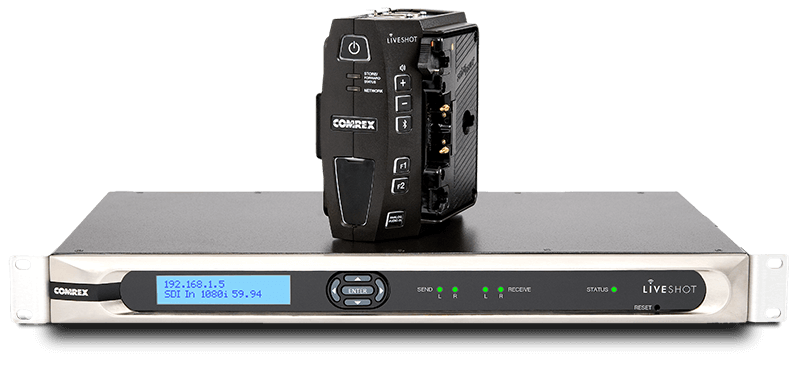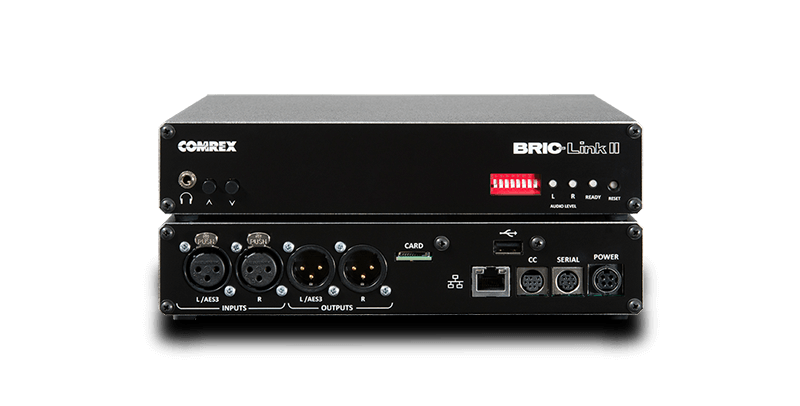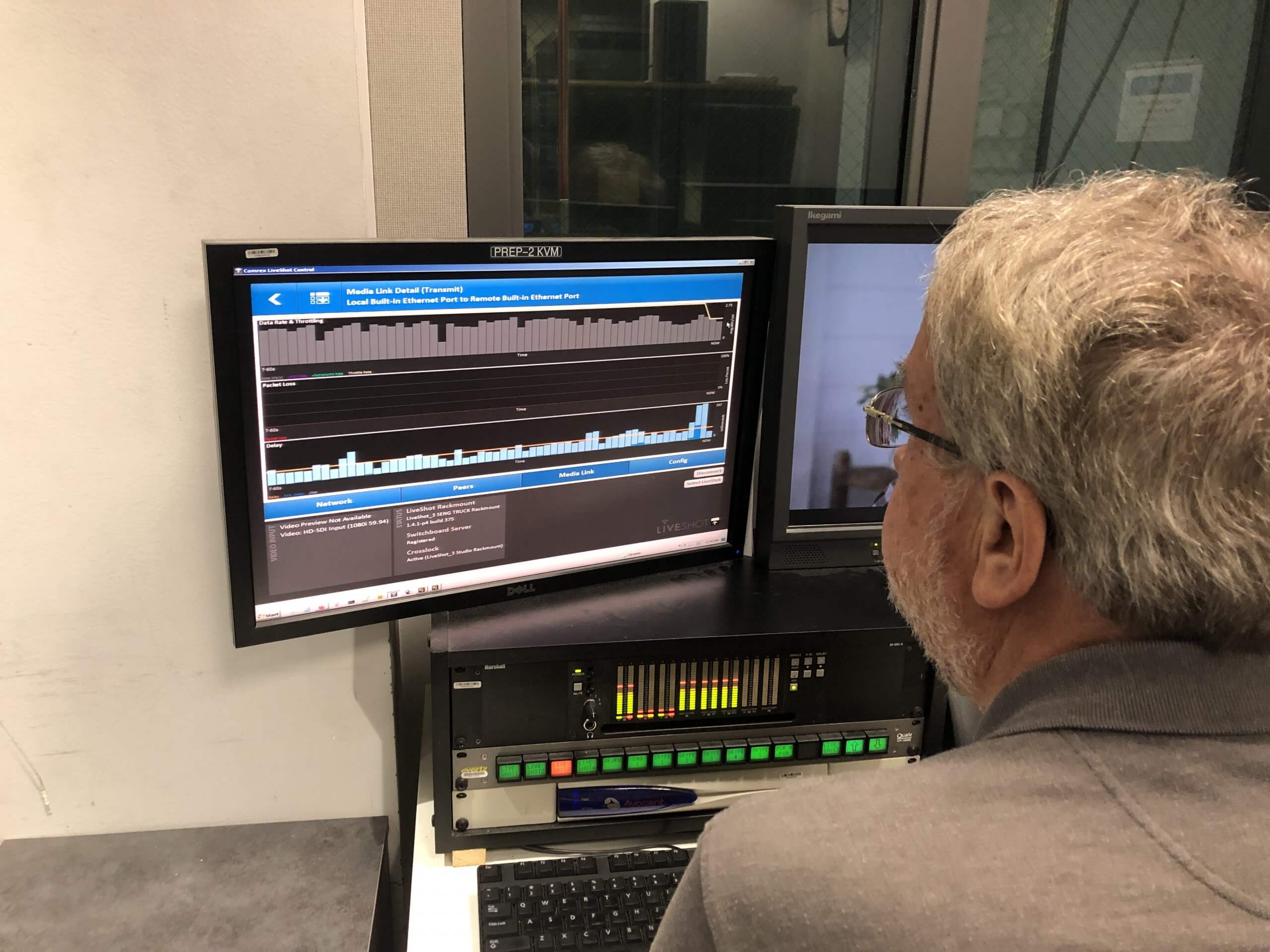In this user report, Leon Messenie describes how KPBS uses Comrex to deliver news to TV, radio and digital
SAN DIEGO—KPBS is the public media outlet serving San Diego. We’re a dual organization, meaning we’ve got both a radio and a television market, and I’ve been overseeing them both as the director of engineering since 2001.
Our reporters do both TV and radio. So, if you’re a reporter at KPBS, you’ll do a version of a story for radio, a version for television and a version for the web.

Prior to the onset of COVID-19, we used Comrex gear for a variety of purposes. KPBS owns four LiveShot units, which we use to send live audio and video from remote locations back to our studio. We have a LiveShot unit installed in our satellite truck, and several portable LiveShot units that we’d send out with our news crews.
LIVE TV & RADIO
Since our studio shut down in 2020, our nightly news television anchor has been broadcasting from her home with a LiveShot and a camera setup. Her background replicates the background in our studio, and she’s trained her family to stay off the home internet while she’s on the air (to preserve bandwidth). It’s been working well for more than a year.
We also have 13 Comrex BRIC-Link II audio codec units that we use for radio to deliver high-quality audio from anywhere.
For our radio anchors, we also needed to find ways for our reporters to broadcast from home. We created rack boxes with all the equipment mounted in it, with carefully labeled connectors, so that our reporters just had to match up the cables with the ports.

We had to adapt each box for the needs of all our reporters, because everyone was dealing with a different living situation and not everyone had the same amount of space.
Setting up a BRIC-Link II is easy, and after the initial configuration, they’ve worked flawlessly.
Because our reporters do both TV and radio news, we often use audio from our TV segments on the radio, as well as audio from our radio station in our television programming. We’ll often decode the audio from our LiveShot unit, then route it to our radio station, where we can use it live on the air.
As for the reverse, while we try not to have audio-only segments on television (obviously, given that it’s a visual medium), it’s very useful to be able to route live BRIC-Link II audio to our TV station. For breaking news that needs to be covered as quickly as possible, it’s great to be able to use the same tools to get it done.

KPBS engineer, Kevin Birch, monitoring a Comrex unit
SWITCHBOARD TO THE STUDIO
Both BRIC-Link and LiveShot are compatible with Comrex’s Switchboard, which allows us to connect between a remote location and the studio without re-entering information or dealing with network configuration. We’re hosted by the University of San Diego, so since we don’t control our IT setup, it can be a major task to deal with firewalls and the university’s security systems. Switchboard allows us to totally bypass all of those hurdles and deliver our audio faster.
For us, our mission is news. Getting our anchors and reporters on the air, even when they’re stuck at home, is the way we keep our promise to our members. Being able to consistently deliver with BRIC-Link and LiveShot units has been a life saver.
Learn the LiveShot basics in this video.
Learn more about BRIC-Link II for audio.
Have questions? Send us an email.
Want to try gear out? Request a demo.
Want to buy? Contact an audio / video dealer.
This story was originally published in TV Technology. You can view the article on their site here.
The author is the director of engineering at KPBS and past member of the PBS Enterprise Technology Advisory Committee where he served as chairman for four years.
